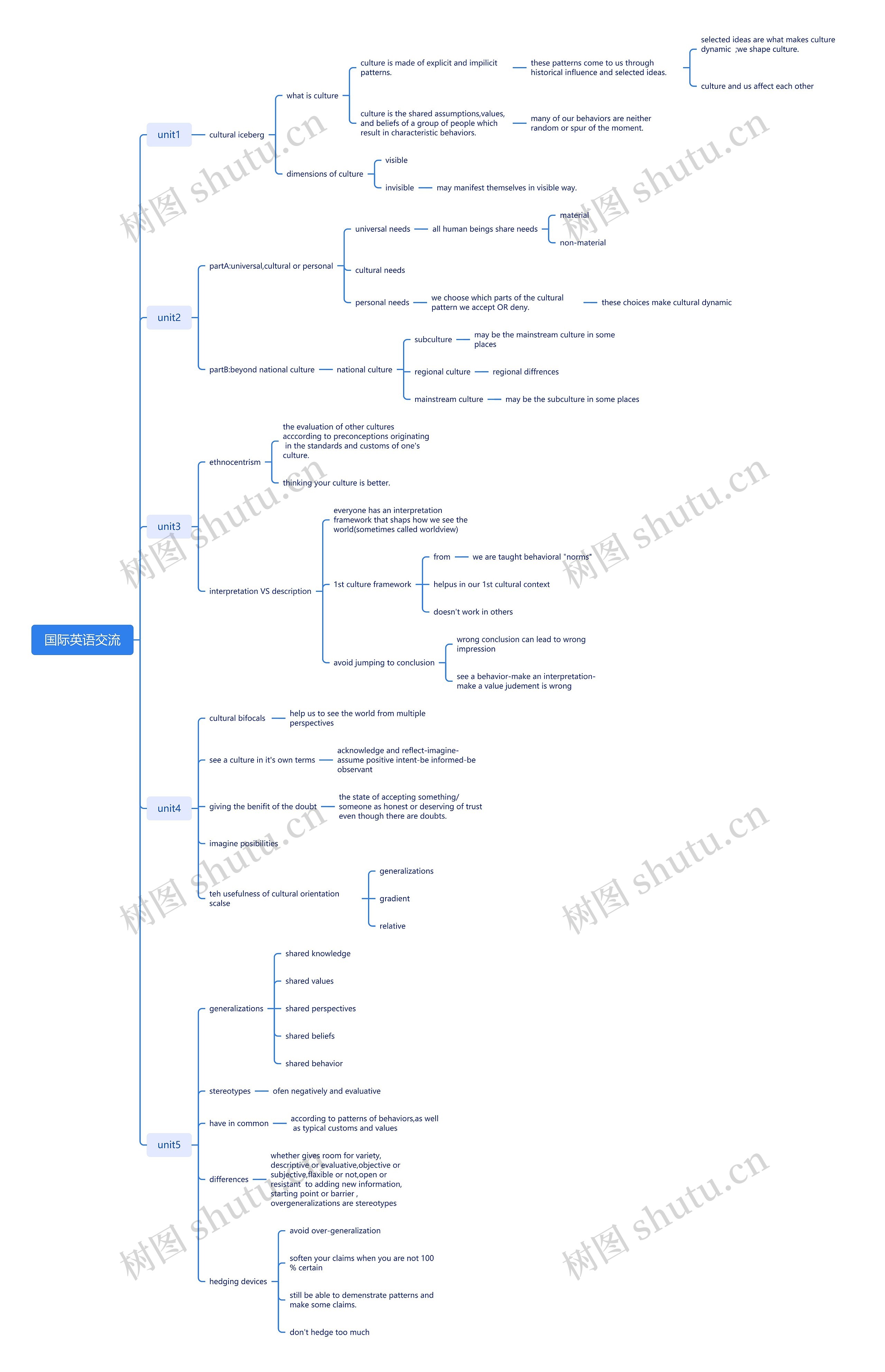国际英语交流思维导图
U648602953
2023-10-23

国际英语交流详解
树图思维导图提供《国际英语交流》在线思维导图免费制作,点击“编辑”按钮,可对《国际英语交流》进行在线思维导图编辑,本思维导图属于思维导图模板主题,文件编号是:16ed1a196aa53c11879dac293c3eab77

国际英语交流详解
树图思维导图提供《国际英语交流》在线思维导图免费制作,点击“编辑”按钮,可对《国际英语交流》进行在线思维导图编辑,本思维导图属于思维导图模板主题,文件编号是:16ed1a196aa53c11879dac293c3eab77